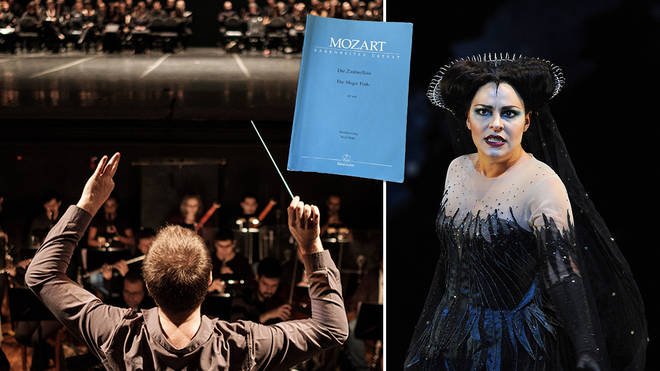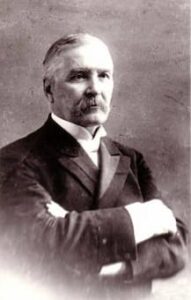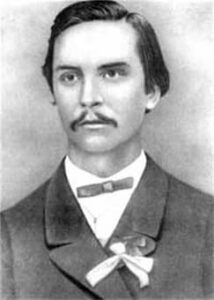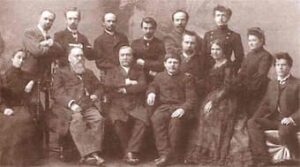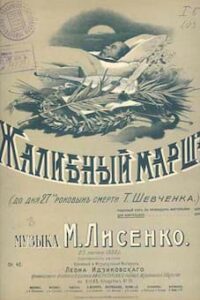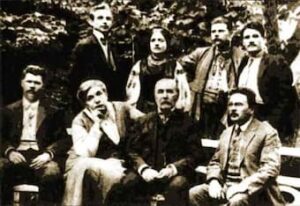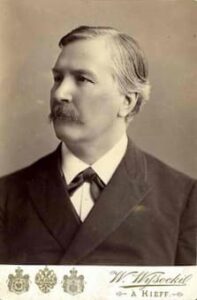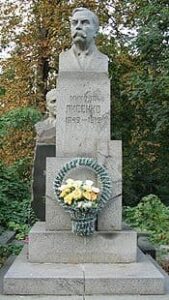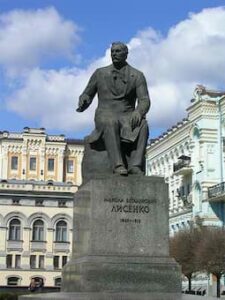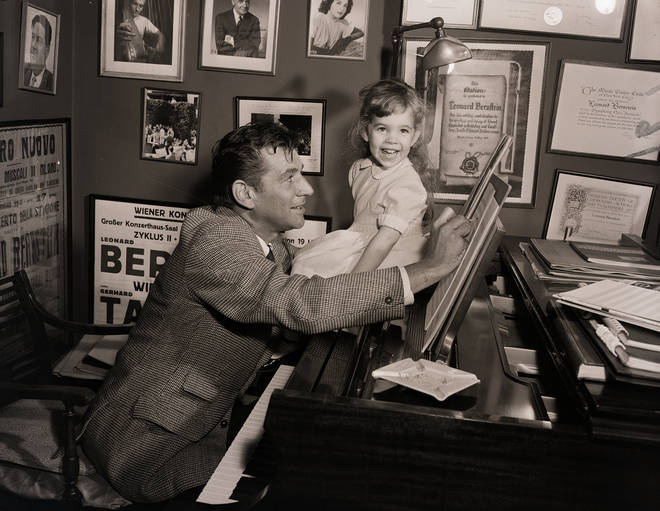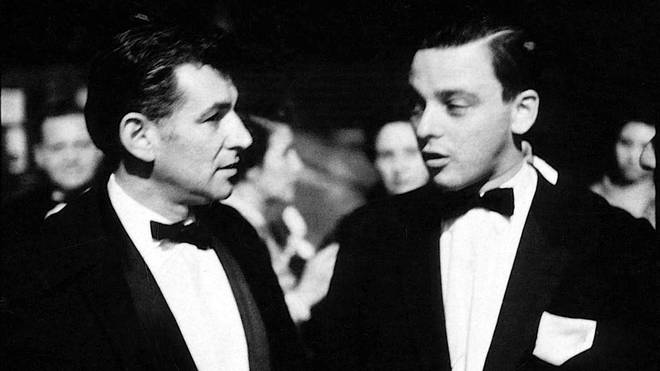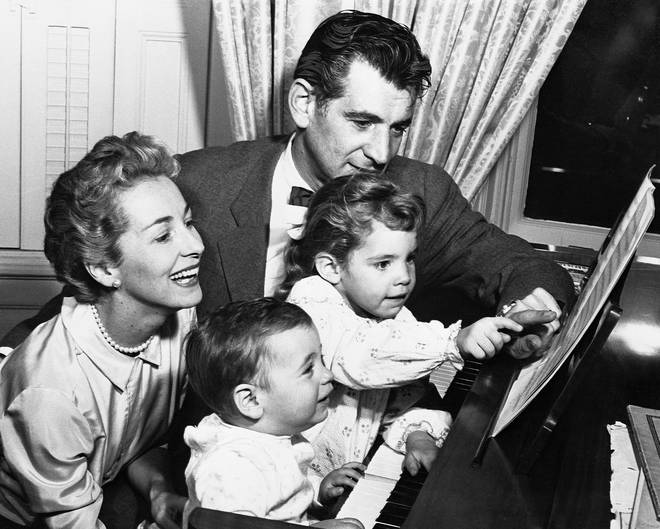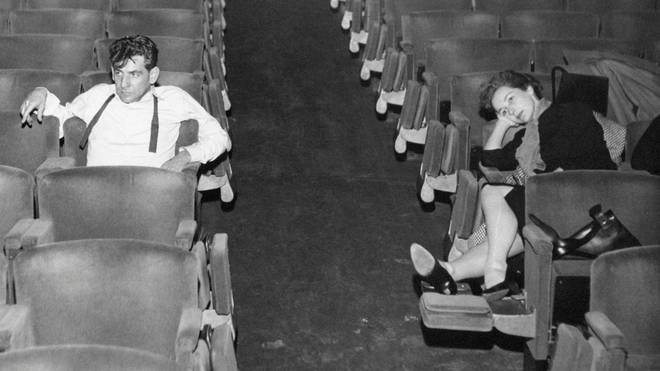by Georg Predota , Interlude
“There are only two means of refuge from the miseries of life:
Music and Cats!”

Albert Schweitzer
For many of us mere mortals, it seems utterly unfair that some fortuitous individuals should inherit multiple talents and abilities. Take for example the polymath genius Albert Schweitzer, who made major scholarly contributions to theology and music in the early years of the twentieth century. Not satisfied, he abandoned his academic career and established a medical mission in Africa, a legacy of humanitarian service that is still active today.
Schweitzer was born 14 January 1875 in Kayserberg in Upper Alsace, the son of a Lutheran pastor. He took organ lessons at an early age, and started private lessons with the famed Parisian organist Charles-Marie Widor in 1893. His passion for organ music was paralleled by a fascination with theology and he concordantly entered Strasbourg University to study theology and philosophy. He submitted a dissertation on the philosophy of Immanuel Kant to earn the degree of Doctor of Philosophy in July 1899, followed by a Doctorate in Theology with a dissertation on the “Last Supper” in 1900. A second work, “A Sketch of the life of Jesus” was published in 1901 and challenged the secular view of Jesus. His multiple writings reviewed, summarized and critiqued a vast corpus of research into the Life of Jesus that stressed the distance between the historical Jesus and contemporary views that saw Jesus detached from the cultural context of Judaism. For many thinkers, his greatest contribution to humanity was his quest for a universal ethical philosophy. Following the military use of nuclear weapons on Japan’s civilian population, Schweitzer felt that Western civilization was inexorably decaying because it had abandoned affirmation of life as its ethical foundation. His most influential discourse, “Reverence for Life” not only laid the theoretical foundation for his personal missionary works in Africa, it also gained him the Nobel Peace Prize in 1952.
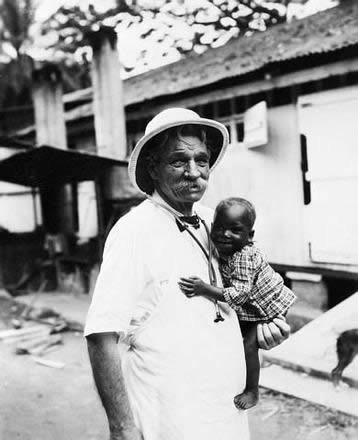 Schweitzer’s theological acumen also uniquely paved the way for his scholarly and practical interpretation of J.S. Bach’s music. He began to explore the use of pictorial and symbolical representations in Bach’s Chorale Preludes, in which harmonic language, musical motifs and rhythmic figures illustrate the actual words of the hymns on which they were based. At the instigation of Widor, Jean-Sebastian Bach: Le Musicien-Poète was published in 1905 and presented a critical study of Bach’s music based on devotional contemplation in which the musical design corresponded to literary ideas and was visually represented in the score. Originally published in French, great demand in Germany prompted Schweitzer to rewrite his study and he eventually published two greatly expanded German volumes in 1908.
Schweitzer’s theological acumen also uniquely paved the way for his scholarly and practical interpretation of J.S. Bach’s music. He began to explore the use of pictorial and symbolical representations in Bach’s Chorale Preludes, in which harmonic language, musical motifs and rhythmic figures illustrate the actual words of the hymns on which they were based. At the instigation of Widor, Jean-Sebastian Bach: Le Musicien-Poète was published in 1905 and presented a critical study of Bach’s music based on devotional contemplation in which the musical design corresponded to literary ideas and was visually represented in the score. Originally published in French, great demand in Germany prompted Schweitzer to rewrite his study and he eventually published two greatly expanded German volumes in 1908.
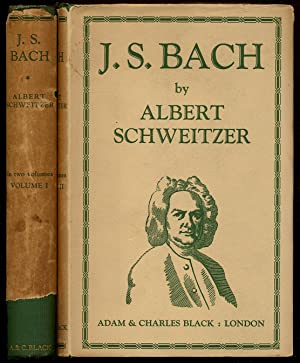
Albert Schweitzer’s published writings on J.S. Bach
As a performer, Schweitzer was constantly in search of “clarity of expression.” Growing up in Alsace, he had experienced the sleek, colorful and highly characteristic sounds of the organs produced by Gottfried and Andreas Silbermann, the most famous and influential instrument builders active during J.S. Bach’s lifetime. For performances of Bach’s music therefore, Schweitzer advocated a move away from the large Romantic instruments of the 19th Century and called for more refined instruments suited to Baroque music. The Art of German and French Organ Building and Organ Playing was published in 1906, and not only laid the foundation for the modern-day instruments, but also aided in his personal restoration of the Organ at St. Aurelie in Strasbourg, which produced his famous 1936 recording of Bach’s “Chorale Preludes.” Prior to his departure for Africa in 1912, Schweitzer founded the Paris Bach Society, and published a new edition of Bach’s organ works with detailed analysis of each work in three languages. After eight grueling years of study, Schweitzer also qualified as a medical doctor with a specialization in tropical medicine and surgery, and he began to raise private funds for the establishment of a hospital based at Lambaréné in the French Congo. Schweitzer was a harsh critic of colonialism, and his medical mission was his response to the “injustices and cruelties people have suffered at the hands of Europeans.” Until his death in 1965, Schweitzer continued to publish, lecture, perform and care for the sick. He apparently did so in the company of his two cats, “Sizi” and “Piccolo.” According to legend, his cats liked to sleep in the middle of his desk and if someone needed some papers, “they were required to wait until the cats woke up.” However you’d like to describe Albert Schweitzer — intelligent, articulate, compassionate, musical, spiritual or ethical — we could certainly do worse then to aspire to his level of humanity.
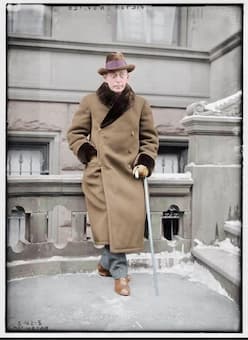
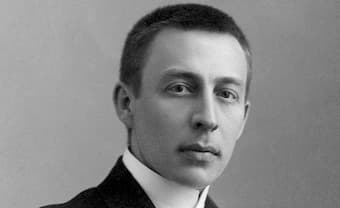 Arguably one of Rachmaninoff’s most famous pieces The Prelude Op. 3 No.2 is in C# minor and launched Rachmaninoff’s career after he performed this piece in 1892. Composers believe that particular keys evoke discernable and unique feelings. On the piano, this key uses many of the black keys with its slow chords, and one senses anxiety and tension from the beginning. There is a story that the inspiration for this work was a dream Rachmaninoff experienced: Set at a funeral where the coffin is prominently placed, he approaches the coffin, and to his horror he sees himself inside! That calls for a minor key!
Arguably one of Rachmaninoff’s most famous pieces The Prelude Op. 3 No.2 is in C# minor and launched Rachmaninoff’s career after he performed this piece in 1892. Composers believe that particular keys evoke discernable and unique feelings. On the piano, this key uses many of the black keys with its slow chords, and one senses anxiety and tension from the beginning. There is a story that the inspiration for this work was a dream Rachmaninoff experienced: Set at a funeral where the coffin is prominently placed, he approaches the coffin, and to his horror he sees himself inside! That calls for a minor key!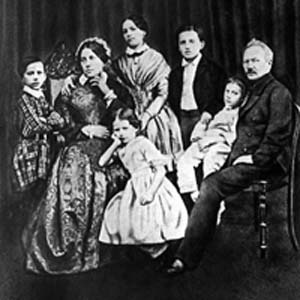

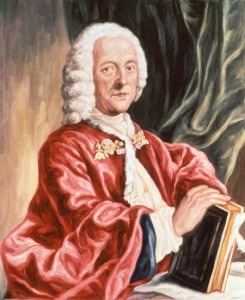 It really is too bad that Georg Philipp Telemann (1681-1767) did not have a large social network following! Throughout his long and industrious career, he wrote well over 3000 works. It’s no surprise that 18th-century critics unanimously considered him among the best composers of his time. Leading theorists held up his works as compositional models, and his fame extended to Holland, Switzerland, Belgium, France, Italy, England, Spain, Norway, Denmark and the Baltic lands. Yet by the early years of the 19th century, appreciation of Telemann’s music was in rapid decline. The main criticism turned out to be rather tongue in cheek. “In general,” a music historian wrote, “Telemann would have been greater had it not been so easy for him to write so unspeakably much. Polygraphs seldom produce masterpieces.” And once his music was compared according to the very different aesthetic standards of
It really is too bad that Georg Philipp Telemann (1681-1767) did not have a large social network following! Throughout his long and industrious career, he wrote well over 3000 works. It’s no surprise that 18th-century critics unanimously considered him among the best composers of his time. Leading theorists held up his works as compositional models, and his fame extended to Holland, Switzerland, Belgium, France, Italy, England, Spain, Norway, Denmark and the Baltic lands. Yet by the early years of the 19th century, appreciation of Telemann’s music was in rapid decline. The main criticism turned out to be rather tongue in cheek. “In general,” a music historian wrote, “Telemann would have been greater had it not been so easy for him to write so unspeakably much. Polygraphs seldom produce masterpieces.” And once his music was compared according to the very different aesthetic standards of 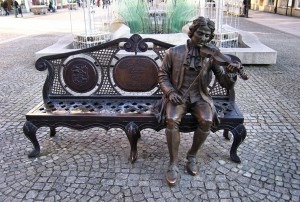 During his career as a composer of church music Telemann wrote at least 1700 cantatas! Always imaginative in his handling of vocal and instrumental color, Telemann’s transparent counterpoint was highly valued by his contemporaries. As you might well imagine, his cantata settings embrace a wide range of styles, forms and employment of instrumental forces. Significantly, a substantial number of Telemann’s sacred cantatas were not exclusively tied to performances in sacred venues, but could also be used for domestic devotions. In the foreword to the second collection of the Harmonischer Gottes-Dienst (Harmonic Service to the Lord) of 1731 he writes, “Two instruments of dissimilar kinds are so arranged that one person of his own can make us of the clavier without the addition of another instrument.”
During his career as a composer of church music Telemann wrote at least 1700 cantatas! Always imaginative in his handling of vocal and instrumental color, Telemann’s transparent counterpoint was highly valued by his contemporaries. As you might well imagine, his cantata settings embrace a wide range of styles, forms and employment of instrumental forces. Significantly, a substantial number of Telemann’s sacred cantatas were not exclusively tied to performances in sacred venues, but could also be used for domestic devotions. In the foreword to the second collection of the Harmonischer Gottes-Dienst (Harmonic Service to the Lord) of 1731 he writes, “Two instruments of dissimilar kinds are so arranged that one person of his own can make us of the clavier without the addition of another instrument.”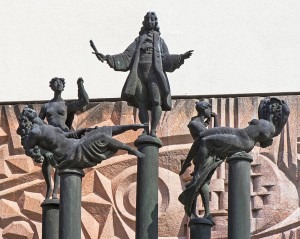 Telemann is known to have composed approximately 125 orchestral suites, 125 concertos, several dozen other orchestral works and sonatas in five to seven parts, nearly 40 quartets, 130 trios, 87 solos, 80 works for one to four instruments without bass and roughly 250 pieces for keyboard. Now that’s what I call a life’s work! For the most part Telemann wrote his instrumental works for small performing forces, making them appropriate for domestic use. Historically significant, Telemann popularized the French-style orchestral suite in Germany paving the way for the works of J. S. Bach and others. Telemann was a kind and gentle man capable of witty humor, so entire works or individual movements have amusing programmatic titles. The Suite Burlesque de Quixotte includes the famous attack on the windmills, and the Suite La Bourse offers a musical account of the Parisian stock market crash of 1720!
Telemann is known to have composed approximately 125 orchestral suites, 125 concertos, several dozen other orchestral works and sonatas in five to seven parts, nearly 40 quartets, 130 trios, 87 solos, 80 works for one to four instruments without bass and roughly 250 pieces for keyboard. Now that’s what I call a life’s work! For the most part Telemann wrote his instrumental works for small performing forces, making them appropriate for domestic use. Historically significant, Telemann popularized the French-style orchestral suite in Germany paving the way for the works of J. S. Bach and others. Telemann was a kind and gentle man capable of witty humor, so entire works or individual movements have amusing programmatic titles. The Suite Burlesque de Quixotte includes the famous attack on the windmills, and the Suite La Bourse offers a musical account of the Parisian stock market crash of 1720! 